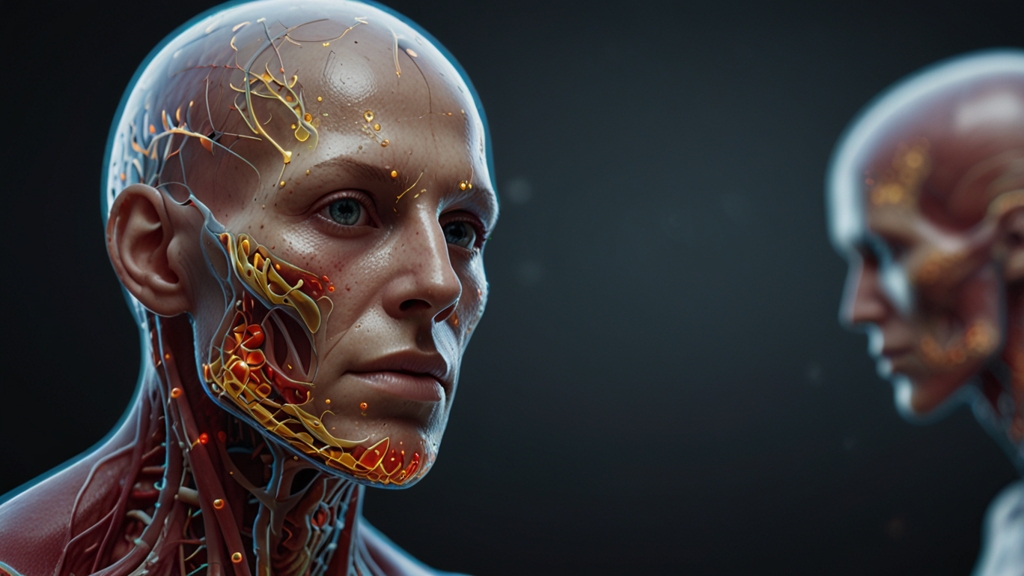Mind-Bending Inventions You Won't Believe Are Possible
Science fiction has inspired countless technological innovations, taking ideas once considered far-fetched and turning them into reality. Today, mind-bending inventions that once seemed unimaginable are emerging from research labs and entering our lives. Whether enhancing our physical capabilities, transforming communication, or pushing the boundaries of what's possible, these inventions are nothing short of astonishing. Here, we dive into some of the most incredible inventions that you won't believe are possible.
Quantum Computers
Quantum computers defy the principles of classical computing by leveraging the strange and fascinating properties of quantum mechanics. Unlike traditional computers, which use bits to process information as 0s or 1s, quantum computers use quantum bits or qubits. Qubits can exist in multiple states simultaneously, thanks to superposition, enabling quantum computers to perform complex calculations at unprecedented speed.
These machines hold the promise of revolutionizing fields from cryptography to material science. Problems that would take conventional computers millions of years to solve could be resolved in mere minutes. While still in their infancy, quantum computers are rapidly advancing, signaling a future where our computational capabilities are boundless.
“Quantum computers will revolutionize industries by solving problems that are currently unsolvable with classical computers.” – Quantum Computing Expert
Brain-Computer Interfaces (BCIs)
Brain-Computer Interfaces (BCIs) are no longer confined to the realm of science fiction. These groundbreaking devices allow direct communication between the human brain and external devices. By interpreting neural signals, BCIs enable individuals to control computers, prosthetic limbs, and other gadgets using only their thoughts.
Researchers envision a future where BCIs could restore lost sensory functions, assist in neurorehabilitation, and even augment human intelligence. Notably, companies like Neuralink are striving to develop advanced BCIs that could one day treat neurological disorders and enhance cognitive abilities, paving the way for a seamless integration of human minds with machines.
3D Printed Human Organs
3D printing technology has made significant strides over the past decade, and one of the most groundbreaking applications is in the field of medicine. Scientists are now capable of 3D printing human organs using biocompatible materials and living cells. This revolutionary approach, known as bioprinting, holds the potential to address the critical shortage of donor organs for transplants.
By creating organs tailored to the recipient's genetic makeup, bioprinting could eliminate the risk of rejection and improve patient outcomes. Though still in the experimental stage, the successful bioprinting of tissues like skin, blood vessels, and even miniature organs marks a significant leap towards the goal of printing fully functional human organs in the near future.
Self-Healing Materials
Imagine a world where broken objects could repair themselves automatically. Self-healing materials make this a reality. These innovative materials possess the remarkable ability to heal themselves when damaged, much like living organisms. By incorporating microcapsules filled with healing agents or utilizing reversible chemical bonds, self-healing materials can restore their original properties without external intervention.
This technology has enormous potential across various industries, from construction and aerospace to consumer electronics. Self-healing materials could lead to more durable and long-lasting products, reducing waste and maintenance costs while enhancing sustainability.
“Self-healing materials are changing the way we think about durability and longevity in everyday objects.” – Material Science Innovator
Holographic Displays
Holographic displays, once a staple of science fiction films, are now becoming a reality. These displays project three-dimensional images that can be viewed without the need for special glasses. Using advanced light manipulation techniques, holographic displays create stunningly realistic visuals that appear to float in mid-air.
The applications of holography are vast, from transforming entertainment and gaming to revolutionizing medical imaging and communication. Imagine attending a virtual meeting where participants appear as lifelike holograms, or receiving a medical diagnosis through an interactive 3D representation of your body. The immersive experience offered by holographic displays is set to change the way we interact with digital content.
The pace of technological advancement shows no signs of slowing down, and these mind-bending inventions provide just a glimpse of what's possible. As we continue to explore the boundaries of human ingenuity, the future promises even more astonishing breakthroughs that will reshape our world in ways we can only begin to imagine.











